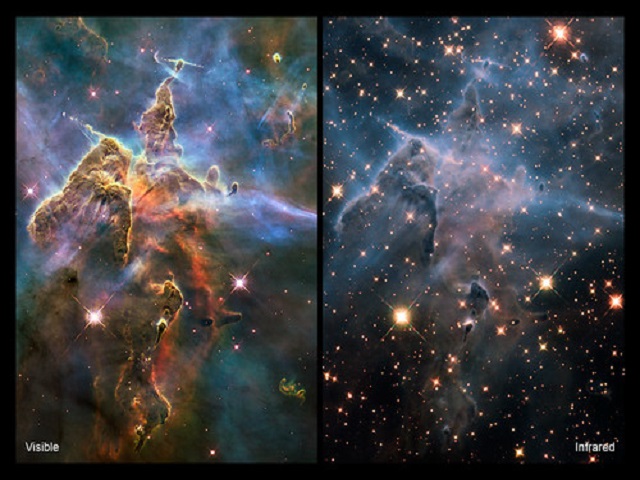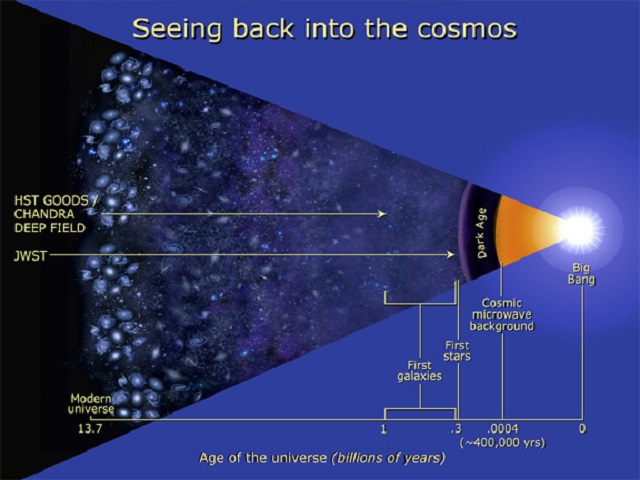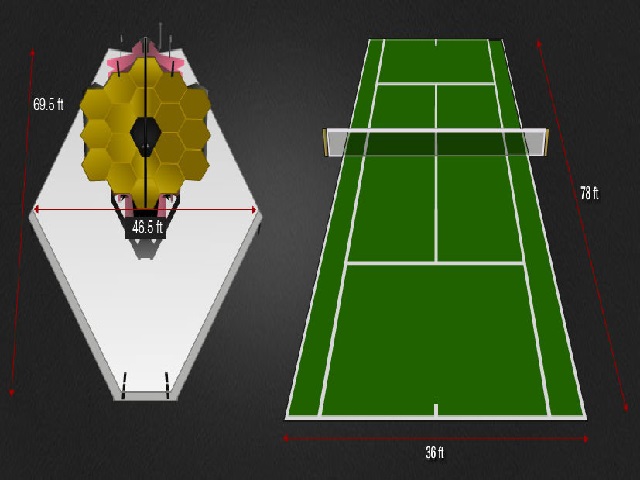NASA would be launching the most powerful telescope of space- the James Webb telescope into the orbit of the earth on December 25th, 2021. It is called the successor of NASA's famous Hubble telescope that was launched into lower Earth orbit in 1990. Till now Hubble has sent 1.4 million observations to the Earth, most famously capturing a comet crashing on Jupiter. Check the differences between the two telescopes below.
Also Read|
Difference Between Hubble & James Webb Telescope:
Wavelength:
The James Webb Space Telescope would be observing infrared radiations most primarily covering between 0.6 to 28 microns.
Hubble’s work involved watching the ultraviolet and the visible spectrum of light. It observes the range of 0.8 to 2.5 microns.

Orbits:
Webb Telescope would not be orbiting the Earth. It would be orbiting the sun from 1.5 million kilometres away from the Earth.
Hubble orbits the Earth at an altitude of 575 kilometres from it.

Vision:
As per NASA, Hubble can see the smallest and the newest of all galaxies.
NASA also says that Webb would be able to see the newborn galaxies as well. Webb's near and mid-infrared instruments would be helpful in studying the first formed galaxies and exoplanets. Take a look at the picture below to know how far can Webb see

Size:
James Webb telescope has a primary diameter of 6.5 metres. Webb carries a large shield that measures about 22 metres and 12 metres that is almost the size of a tennis court.
Hubble's mirror is smaller than 2.4 metres in diameter.

To sum it all up Webb would be looking at the Universe in the infrared, while Hubble would be studying it at optical and ultraviolet wavelengths. Webb also has a bigger mirror than Hubble.
It has a larger light-collecting area which means that Webb can peer farther back into time than Hubble is capable of doing. Hubble is in a very close orbit around the earth, while Webb will be 1.5 million kilometres (km) away at the second Lagrange (L2) point.
As per NASA's statement, "Hubble's science pushed us to look to longer wavelengths to "go beyond" what Hubble has already done. In particular, more distant objects are more highly redshifted, and their light is pushed from the UV and optical into the near-infrared. Thus observations of these distant objects (like the first galaxies formed in the Universe, for example) requires an infrared telescope."
RELATED|
Top 7 Most Famous Temples in Varanasi: Check Complete List Here
Comments
All Comments (0)
Join the conversation